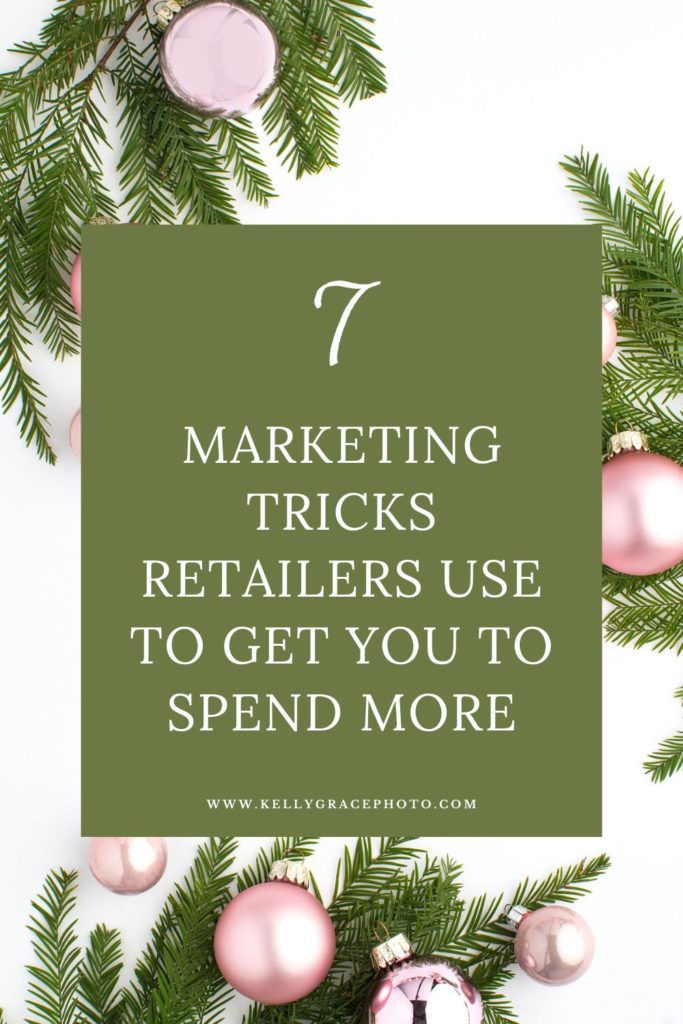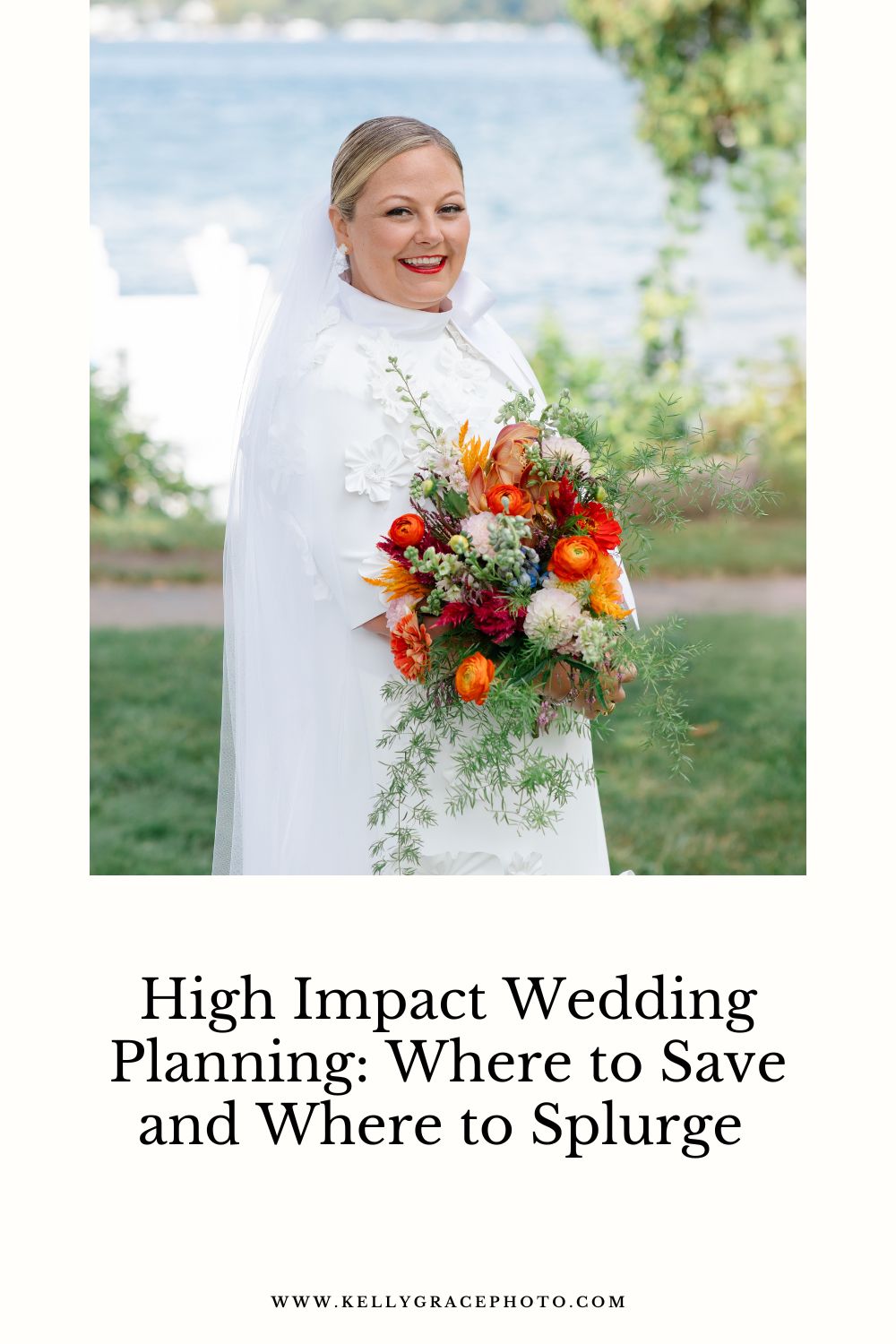Picture your typical Christmas shopping experience. You walk into the store and it pretty much looks like a winter wonderland. You’re greeted with festive red and green decorations everywhere. You hear classic carols that warm your heart. There is a faint smell of peppermint in the air. It’s almost like you’ve been transported back in time to Grandma’s house. Suddenly, you loosen your grip on your wallet—in the spirit of Christmas.
Whoops! You just fell for some super sneak holiday marketing tactics (aka marketing tricks).
Marketing Tactics = Big Bucks
Christmas retail sales in the United States for 2020 hit a whopping $789 billion. That’s a big chunk of change! This Christmas is projected to cross into the billions in sales. Whew!
With that much money on the line, is it really any surprise that retailers will go to such crazy lengths just to get us to buy something? At Christmas time, they pull out all the stops. With inflation and continued supply chain issues—they’re going to be working even harder to get you to part with your hard-earned dollars this year.
Enter something called “multisensory marketing”—or nostalgia marketing. The general idea here is that stores know we’re emotional consumers. If a product gives us warm, fuzzy feelings or triggers happy childhood memories, we’re more likely to buy it.
When retailers play on our emotions—especially by tapping into more than one of our five senses—we could end up spending way more money than we planned.
Here are some sensory (and non-sensory) marketing tricks to look out for when Christmas shopping this year.
7 Marketing Tricks Retailers Use To Get You To Spend More

Marketing Tricks to Watch Out for This Christmas
1. Buy Now, Pay Later
Before you split your $500 Black Friday shopping bill into 20 “easy payments” of $25 from now until Valentine’s Day—hear me out. Don’t let billion-dollar companies suck you into buying gifts you can’t afford with buy now, pay later scams! Is it tempting to break up your payments like that? Sure it is! That’s why companies like Afterpay, Affirm and Klarna keep popping up. Don’t get suckered into their trap.
Life happens and it’s so easy to miss a payment. Missing a payment can cost you extra dollars in penalties and fees. Don’t fall for the shady marketing trick and just pay for your gifts in full!
2. Store Credit Cards
How many times have you heard this one when you walk up to the cash register: “Would you like to open up a store credit card and save an extra 15% today?” I know I’ve heard it thousands of times!
Just say no.
Yep, that age-old slogan works here too. Sure, saving 15% might sound like a deal, but it’s not. “Saving” that 15% is going to cost you in credit card interest if you can’t pay your bill right away. Plus, once you have that store card, you’ll be tempted to use it even more. You might think you’ll pay it off right away and pull a fast one on the store, but the only one getting taken here is you.
3. Colors
Let’s be honest. It’s going to be a little hard to avoid red and green during the Christmas season. Some colors have a big influence on how we view a product or shopping experience.
Take a look at the color red: It creates a sense of “must act now” and is targeted at impulse buyers a lot (think of all those clearance tags). Blue and green, on the other hand, are calmer colors that attract careful, cautious customers. Next time you’re at the mall and see a red sales tag, take a step back and decide if you really need the item that caught your eye or if you’re about to make a purchase on a whim.
4. Music
Music affects our heart rates and moods. Studies have shown that slow music makes us shop longer—spending more time and more money. Upbeat music (which is played during sales) raises our excitement and encourages us to spend. During the holidays, Christmas classics might make you more nostalgic and willing to spend your paycheck on things you didn’t actually plan to buy. Mariah Carey belting “All I Want For Christmas is You” will do that to you.
5. Smells
The part of our brain that recognizes smells also handles our emotions and memories. So, if a company can get us to lump together a nice scent with their products, sales go up. Department stores are good at using scents to control our spending behavior—especially at Christmas. Take a deep breath and see if you can smell peppermint and Christmas tree balsam the next time you’re in a department store.
6. Touch
You might see a fluffy blanket in the mall and suddenly feel like you just have to pick it up. What about that sleek silver laptop? We’ve all done it. Turns out, that’s exactly what retailers want you to do. As soon as you touch or hold a product, you can start to feel a sense of ownership—before you even buy it!
Moral of the story? Follow your mama’s advice and keep your hands to yourself. Okay, you don’t have to go that extreme—but just remember, if you touch it, you’re more likely to buy it.
7. Impulse Buys
You can see it. The end is in sight. You’ve almost made your way to the checkout counter when . . . there it is. The shelves of goodies you never knew you needed—otherwise known as the impulse buys. These items are usually affordable and can even be useful, and you tell yourself you might need them one day. But look out! These eye-catching “can’t live without it” items lining the shelves can nickel and dime your budget to death. It’s the store’s last-ditch effort to get you to spend just a little more money before you walk out the door. Sneaky.
Stick to Your Budget This Christmas
There’s nothing wrong with getting caught up in the holiday cheer and buying gifts (or buying stuff to DIY gifts). Just remember, there’s a lot of planning that goes into a store’s Christmas shopping experience (both retail and online).
Keep these marketing tactics in the back of your mind while Christmas shopping so you can save yourself from postseason buyer’s remorse!
Don’t fall for these slick marketing tricks when you’re shopping this Christmas season. If you stick to your plan and stay true to your Christmas budget, you’ll have a Christmas that won’t come back to haunt you in the new year.






add a comment
+ COMMENTS